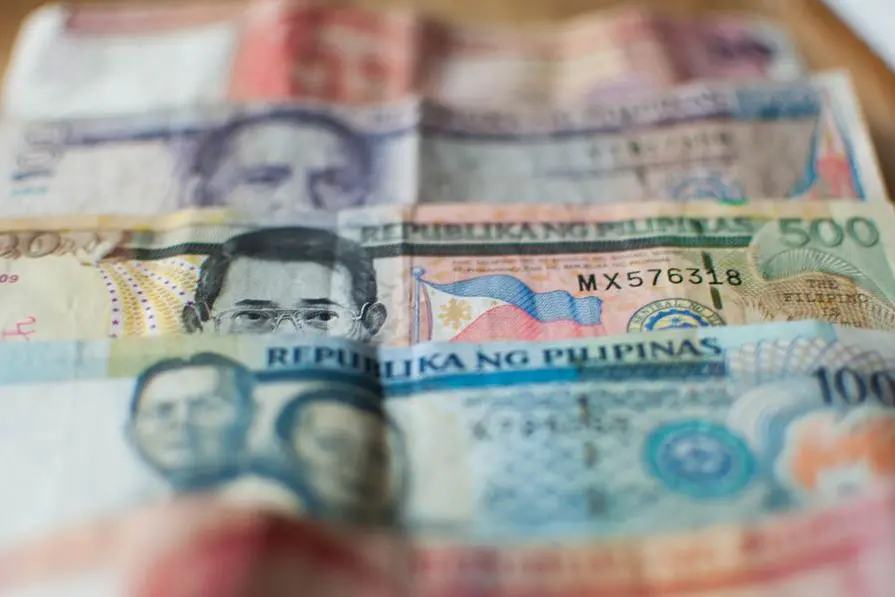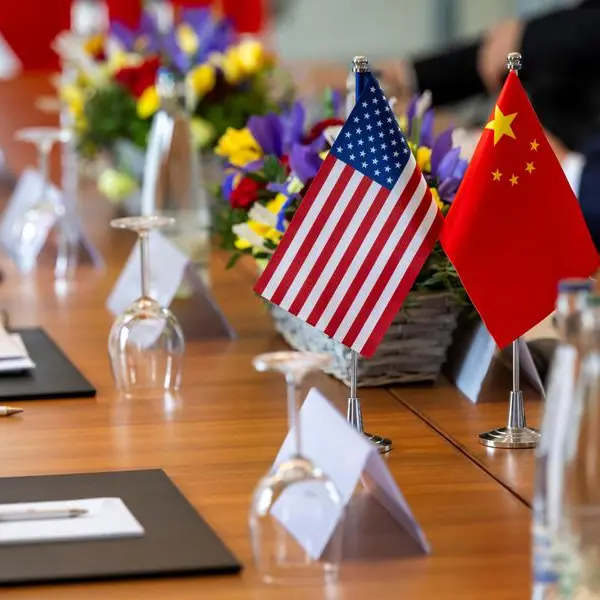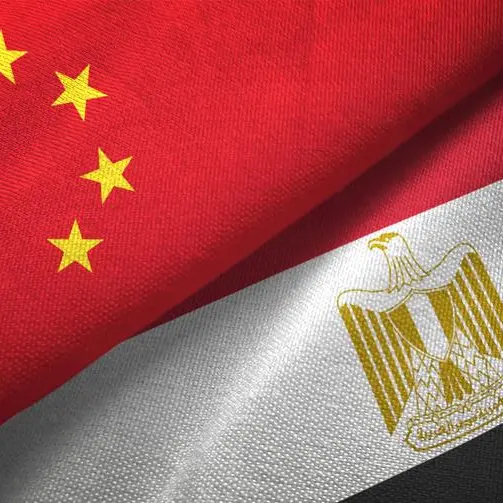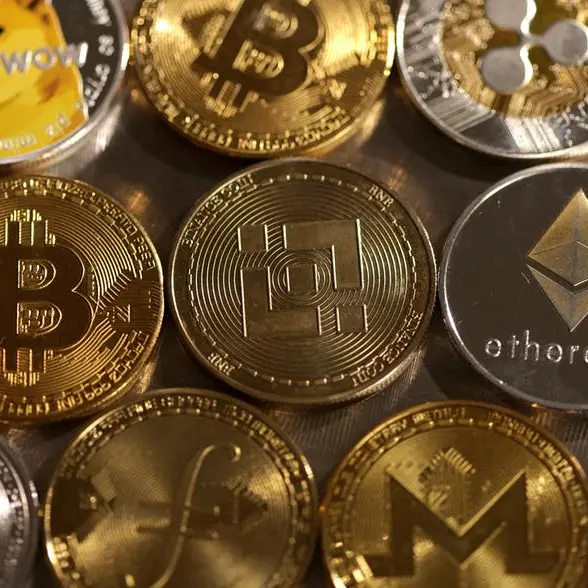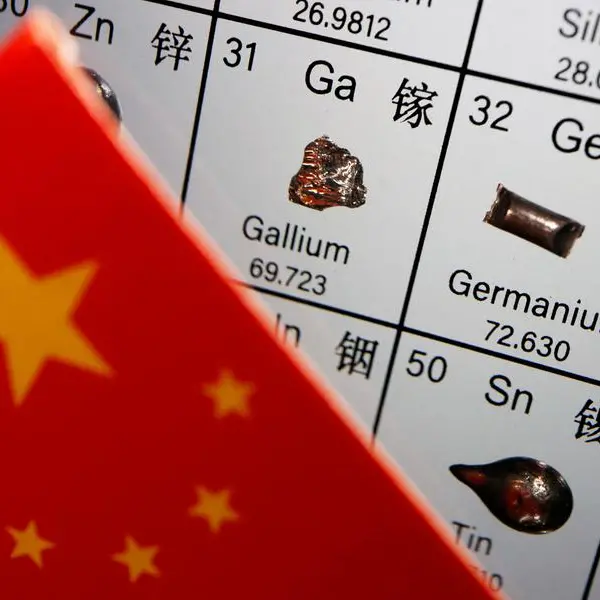PHOTO
Variety of Philippine peso bills close up. Image Courtesy: Getty Images
The Philippines' debt service burden soared to $8.89 billion from January to August as the country's foreign obligations almost booked a double-digit increase, according to the Bangko Sentral ng Pilipinas (BSP).
Preliminary data released by the central bank showed the country's debt service burden was 125 percent higher than the $3.95 billion recorded in the same period last year.
This translated to a higher debt service burden to gross domestic product (GDP) ratio of 3.6 percent in end-August from only 1.5 percent in the same period last year.
The national government borrows heavily from foreign and domestic creditors to finance the country's budget deficit as it spends more than what it actually earns.
During the eight-month period, principal payments almost doubled to $4.46 billion from last year's $2.32 billion.
Likewise, interest payments reached $4.42 billion in end-August, 2.7 times more than the $1.63 billion recorded in end-August last year.
The debt service burden represents principal and interest payments after rescheduling. It consists of principal and interest payments on fixed medium and long-term credits, including International Monetary Fund (IMF) credits, loans covered by the Paris Club, and commercial banks' rescheduling and new money facilities.
It also includes interest payments on fixed and revolving short-term liabilities of banks and non-banks, excluding prepayments on future years' maturities of foreign loans and principal payments on fixed and revolving short-term liabilities of banks and non-banks.
The foreign obligations of the Philippines increased by 9.5 percent to $117.92 billion from $107.69 billion due to higher borrowings by the national government as well as the statistical adjustments.
Of the total amount, the public sector debt increased by 13.3 percent to $74.48 billion from $65.71 billion, while that of the private sector rose by 3.5 percent to $43.44 billion from $41.98 billion.
Major creditor countries include Japan, the US and the United Kingdom. The country's debt stock remained largely denominated in dollar, followed by the Japanese yen with 7.9 percent.
Copyright © 2022 PhilSTAR Daily, Inc Provided by SyndiGate Media Inc. (Syndigate.info).
